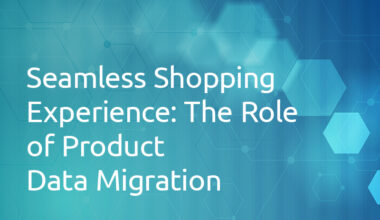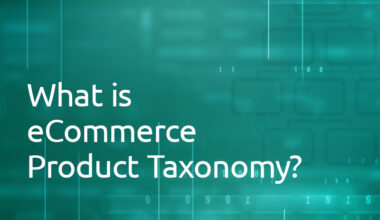In the evolving world of e-commerce, the quest for enhanced user experience (UX) never ends. One innovative approach that’s proving invaluable in crafting memorable shopping journeys is semantic tagging. But what is it, and how can it reshape the way consumers shop online?
- 1. Understanding Semantic Tagging
- Definition: Semantic tagging is a process of adding meta-information to website content, which goes beyond traditional keyword optimization, focusing on the context, meaning, and relationships.
- How It Differs from Conventional Tagging: While traditional tagging might label a blog post as “fashion,” semantic tagging digs deeper, potentially identifying it as “summer fashion for teenagers” or “winter workplace attire.”
- Why Semantic Tagging Matters in E-commerce
- Enhanced Search Relevance: By understanding the context and nuances of user queries, e-commerce platforms can present more relevant product recommendations.
- Personalized User Experience: Semantic tags can be instrumental in offering personalized content, tailored promotions, or bespoke product recommendations.
- Intuitive Navigation: It streamlines site navigation, allowing users to find desired products more effortlessly.
- The Role of Semantic Tagging in AI and Machine Learning
- Data Interpretation: AI algorithms can better understand user preferences and behaviors when content is semantically tagged.
- Improved Recommendations: Machine learning models benefit from the added context, refining product recommendations to a user based on a deeper understanding of their needs.
- Practical Applications in E-commerce
- Dynamic Content Delivery: Showcasing content that resonates with users’ current interests or needs.
- Visual Search Enhancement: Semantic tags can make visual search tools more effective by associating images with contextually rich information.
- Voice Search Optimization: As voice shopping becomes more prevalent, semantic tagging can bridge the gap between spoken language nuances and product listings.
- Real-world Successes: Brands Elevating UX with Semantic Tagging
- Case Study – A Fashion Giant: How a leading fashion brand increased its conversion rate by 18% by implementing semantic tagging for its vast inventory, allowing for more precise user search results and recommendations.
- The Rise of Chatbots: Many modern chatbots leverage semantic tagging to better understand user inquiries and provide accurate responses.
- Challenges and Considerations
- The Complexity of Language: Ensuring semantic tags capture the myriad ways users might describe or search for a product.
- Continuous Updates: As products and user behaviors evolve, so must the tagging strategy.
- Future Trends: Where is Semantic Tagging Heading?
- Integration with Augmented Reality (AR): Combining AR with semantic tags can create interactive shopping experiences where products resonate with user’s real-time contexts.
- Evolving with Natural Language Processing: As NLP technology advances, semantic tagging will become even more nuanced and powerful.
Semantic tagging, while a technical concept, has real-world implications for creating rich, memorable, and effective e-commerce journeys. Brands that harness its power will find themselves better equipped to meet modern shoppers’ needs, delivering experiences that are both delightful and efficient.
Unlock the Potential of Semantic Tagging for Your E-commerce Platform
Interested in enhancing your e-commerce platform’s user experience? Reach out to our experts at Retail Taxonomy and embark on a journey of semantic tagging transformation. Let’s make online shopping a journey to remember. Contact us today.
 1.416.619.5349 Ext.325
1.416.619.5349 Ext.325 







